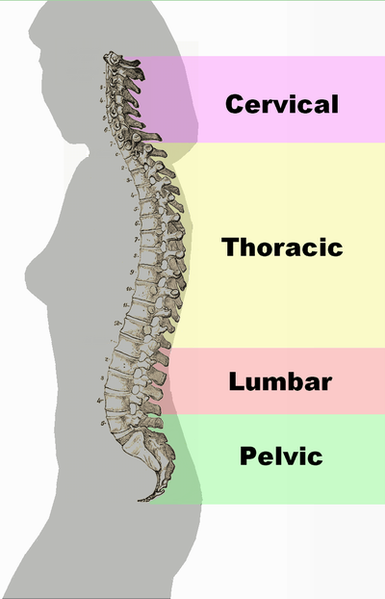I’ve mentioned previously that lack of sleep contributes to obesity. (Also look here and here.) Missing sleep has also been linked to increased risk of stroke and possibly depression. Lack of sleep can predict which older adults will move to nursing homes or assisted living facilities. Finally, sleep has been shown to improve performance in swimmers, college basketball players, and college football players.
Important stuff this sleep! Sounds like we need frequent good doses of it to be healthy and perform well. We may be sabotaging our sleep though if we look at electronic screens at night before bed.
Recent articles in the LA Times and the Chicago Tribune discuss the disruptive effect of electronic “blue light” (such light is emitted by phones, computers and TVs) on our circadian rhythms. We often look at these electronic devices at night before bed with the result being poor sleep and the following host of problems. In fact, the American Medical Association released a statement on blue light saying, “that exposure to excessive light at night, including extended use of various electronic media, can disrupt sleep or exacerbate sleep disorders, especially in children and adolescents.”
Essentially, blue light is prominent during daylight. Looking at a screen–especially one like a smartphone which is near our face–seems to make our brain think it’s day time when it isn’t. I won’t go into all the details but they are interesting. Have a look at the articles for more information. As for solutions, 5 Ways to Unplug at Night for Better Sleep offers some suggestions for avoiding computers at night.
Getting away from the electronics at night is very similar to changing our eating habits to lose weight. Reward centers in the brain are triggered by our devices and the stimulation they deliver. It can be difficult to alter that pattern. I find it difficult to change my ways. I’m as guilty as anyone in looking at an electronic screen at night. Lately I’m consciously working to turn off these devices well before I go to bed. Sometimes it’s tough. A really good book can help. (If George RR Martin will hurry up and finish the Winds of Winter then it’ll make ditching these gadgets much easier…)



